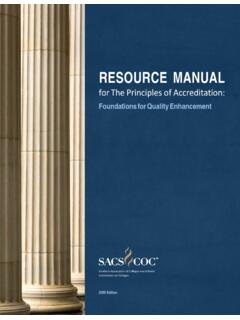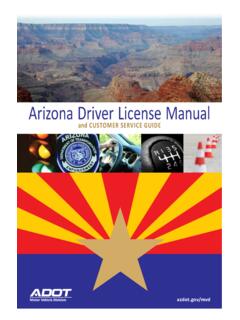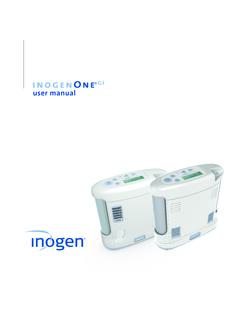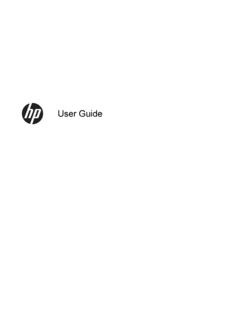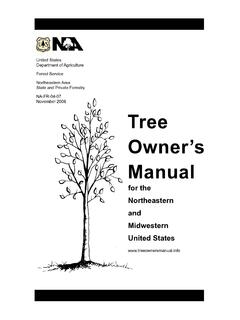Transcription of Manual handling at work - HSE
1 Page 1 of 10 Health and Safety ExecutiveManual handling at work A brief guide IntroductionThis leaflet describes what you, as an employer, may need to do to protect your employees from the risk of injury through Manual handling tasks in the workplace. It will also be useful to employees and their Manual handling Operations Regulations 1992, as amended in 2002 ( the Regulations ) apply to a wide range of Manual handling activities, including lifting, lowering, pushing, pulling or carrying. The load may be either animate, such as a person or an animal, or inanimate, such as a box or a trolley.
2 What s the problem?Incorrect Manual handling is one of the most common causes of injury at work. It causes work-related musculoskeletal disorders (MSDs) which account for over a third of all workplace injuries. (For the latest statistics, visit the HSE web page, ) Manual handling injuries can happen anywhere people are at work on farms and building sites, in factories, offices, warehouses, hospitals, banks, laboratories, and while making deliveries. Heavy Manual labour, awkward postures, Manual materials handling , and previous or existing injury are all risk factors in developing MSDs.
3 There is more information and advice on MSDs on the HSE website, including advice on managing back pain at work. Taking the action described here will help prevent these injuries and is likely to be cost effective. But you can t prevent all MSDs, so it is still essential to encourage early reporting of symptoms. What should I do about it?Consider the risks from Manual handling to the health and safety of your employees this guidance will help you to do this. If there are risks, the Regulations and involve the workforce. Your employees and their representatives know first hand what the risks in the workplace are.
4 They can probably offer practical solutions to controlling Regulations require employers to:avoid the need for hazardous Manual handling , so far as is reasonably practicable;assess the risk of injury from any hazardous Manual handling that can t be avoided; andreduce the risk of injury from hazardous Manual handling , so far as is reasonably practicable. This is a web-friendly version of leaflet INDG143(rev3), published 11/12 Health and Safety ExecutiveManual handling at work: A brief guide Page 2 of 10 These points are explained in detail under Avoiding Manual handling and Assessing and reducing the risk of injury.
5 Employees have duties too. They should :follow systems of work in place for their safety; use equipment provided for their safety properly; cooperate with their employer on health and safety matters; inform their employer if they identify hazardous handling activities; take care to make sure their activities do not put others at risk. Avoiding Manual handlingCheck whether you need to move it at allFor example:Does a large workpiece really need to be moved, or can the activity (eg wrapping or machining) be done safely where the item already is?
6 Can raw materials be delivered directly to their point of use? Consider automation, particularly for new processesThink about mechanisation and using handling aids. For example:a conveyor; a pallet truck; an electric or hand-powered hoist; a lift truck. But beware of new hazards from automation or example:automated plant still needs cleaning, maintenance etc; lift trucks must be suited to the work and have properly trained operators. Controlling the risks As part of managing the health and safety of your business, you must control the risks in your workplace.
7 To do this you need to think about what might cause harm to people and decide whether you are doing enough to prevent harm. This process is known as a risk assessment and it is something you are required by law to carry out. A risk assessment is about identifying and taking sensible and proportionate measures to control the risks in your workplace, not about creating huge amounts of paperwork. You are probably already taking steps to protect your employees, but your risk assessment will help you decide whether you should be doing about how accidents and ill health could happen and concentrate on real risks those that are most likely and which will cause the most harm.
8 The following might help:Think about your workplace activities, processes and the substances used that could injure your employees or harm their and Safety ExecutiveManual handling at work: A brief guide Page 3 of 10 Ask your employees what they think the hazards are, as they may notice things that are not obvious to you and may have some good ideas on how to control the manufacturers instructions or data sheets for chemicals and equipment, as they can be very helpful in spelling out the workers may have particular requirements, for example new and young workers, migrant workers, new or expectant mothers, people with disabilities, temporary workers, contractors.
9 Homeworkers and lone workers may be at particular risk. Having identified the hazards, you then have to decide how likely it is that harm will occur. Risk is a part of everyday life and you are not expected to eliminate all risks. What you must do is make sure you know about the main risks and the things you need to do to manage them responsibly. Generally, you need to do everything reasonably practicable to protect people from harm. Make a record of your significant findings the hazards, how people might be harmed by them and what you have in place to control the risks.
10 Any record produced should be simple and focused on controls. If you have fewer than five employees you do not have to write anything down. But it is useful to do this so you can review it at a later date, for example if something changes. If you have five or more employees, you are required by law to write it workplaces stay the same, so it makes sense to review what you are doing regularly. Table 1 Making an assessment Problems to look for when making an assessmentThe tasks, do they involve: holding loads away from the body? twisting, stooping or reaching upwards?











